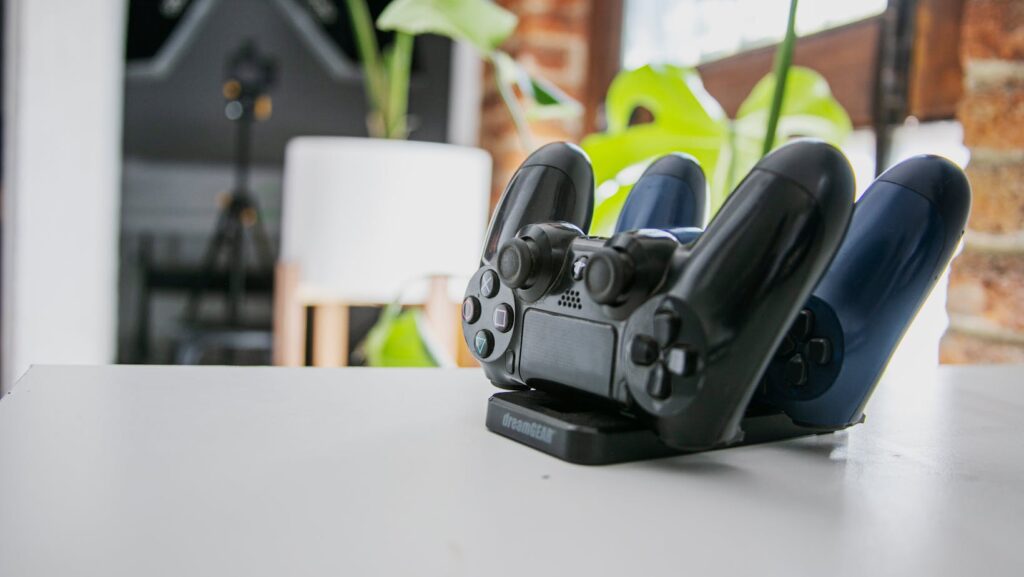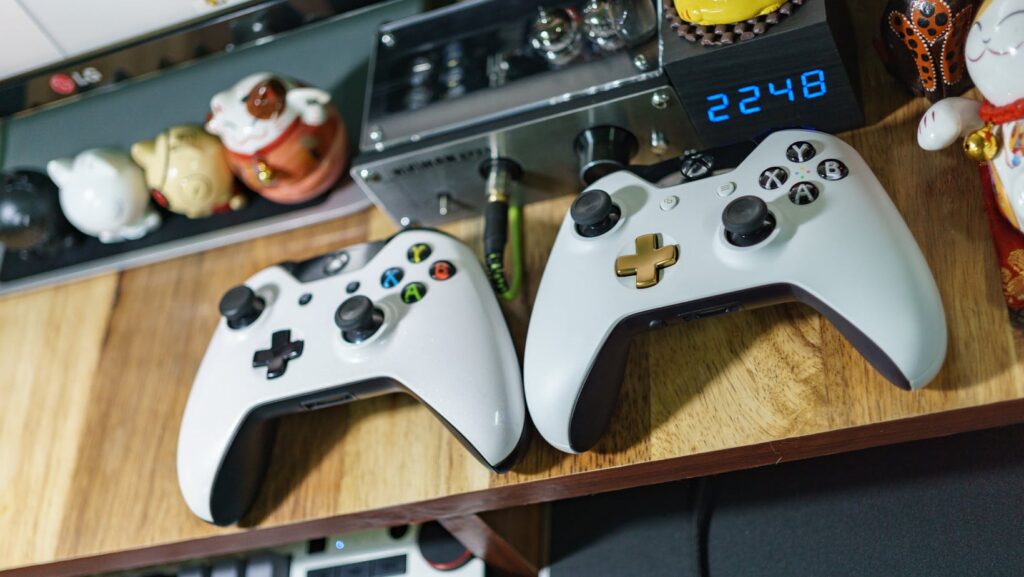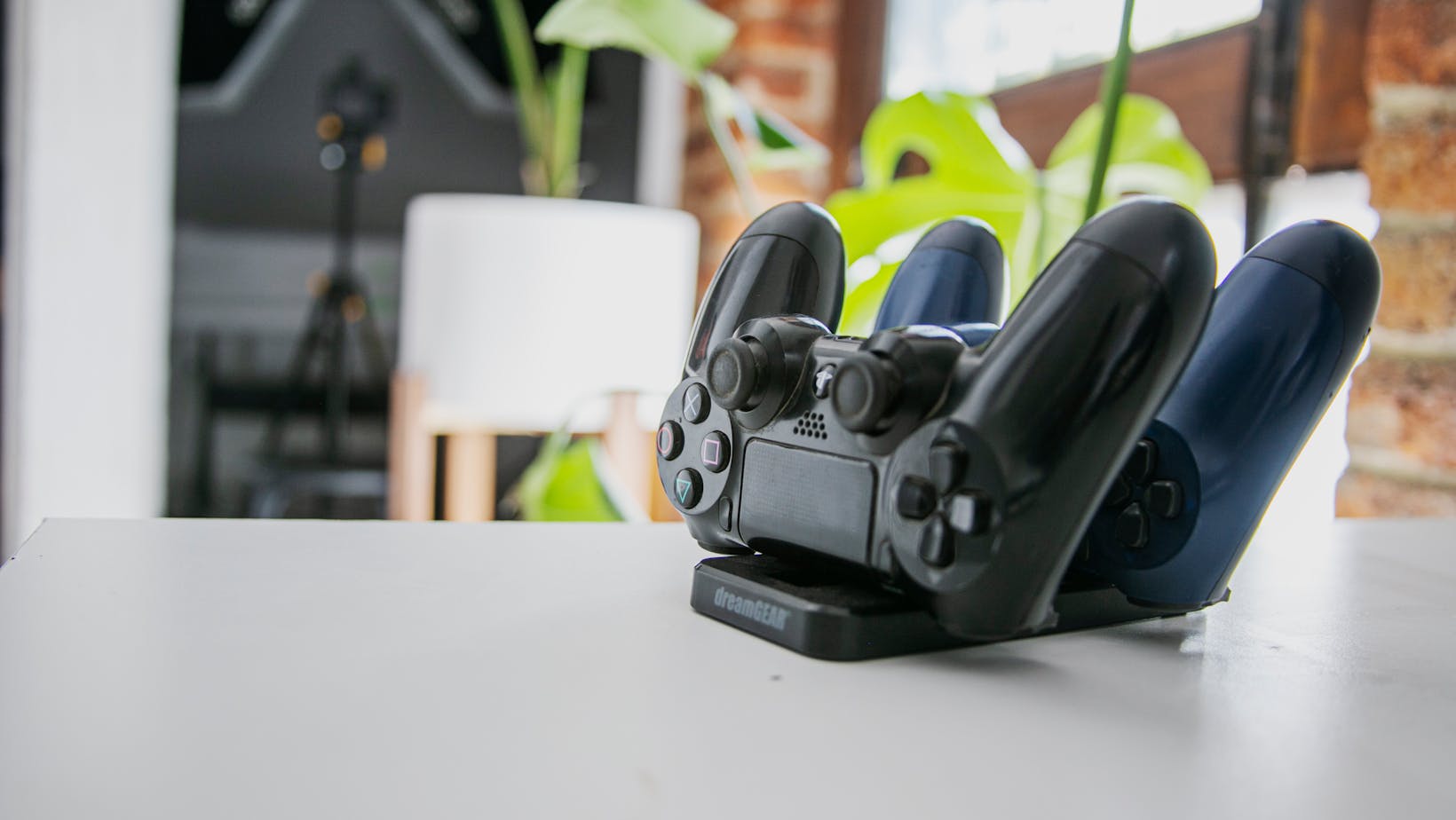
In the world of gaming, the controller is more than just a tool—it’s the key to unlocking a universe of adventures. Whether you’re a seasoned gamer or just starting out, understanding the intricacies of gaming controller can elevate your experience to new heights.
Gaming Controller
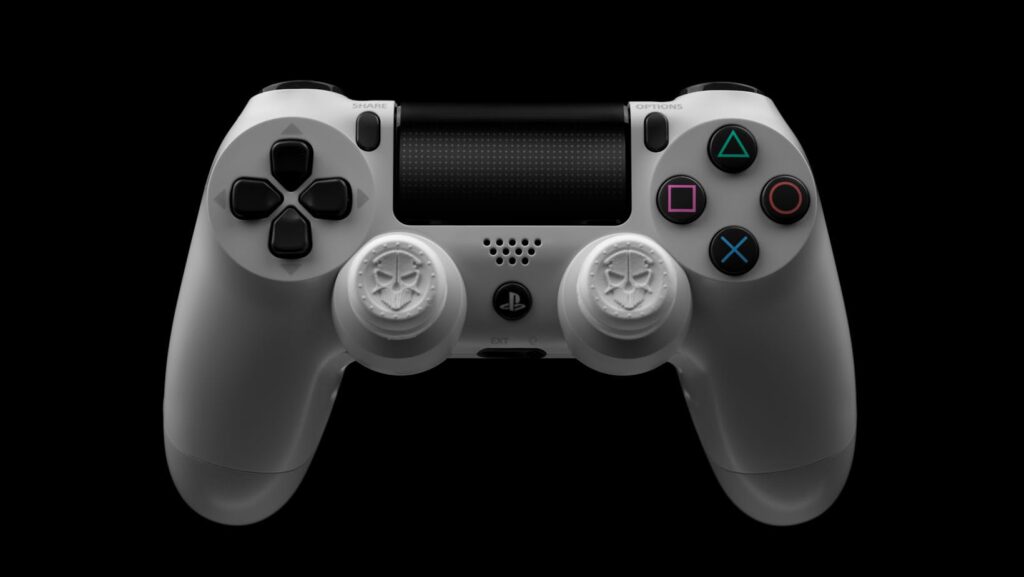
In the digital world, gaming controller have traversed a transformative path. They’ve moved from simplistic designs to complex inventions, impacting the gaming experience substantially.
The evolution began with simple devices such as the Atari joystick, seen in the 70’s. This single button, stick-driven controller paved the way for future innovations. As technology evolved, so did these gadgets. In the late 80’s and early 90’s, Nintendo Entertainment System (NES) took over, followed by Super NES, introducing the iconic D-pad and multipurpose buttons setup. Fast-forwarding to the 21st century, gamers saw the inception of wireless controllers such as the PlayStation DualShock series, brimming with haptic feedback capacity, clickable analog sticks, face and shoulder buttons, and in some instances, touch panels.
Key Features of Gaming Controllers
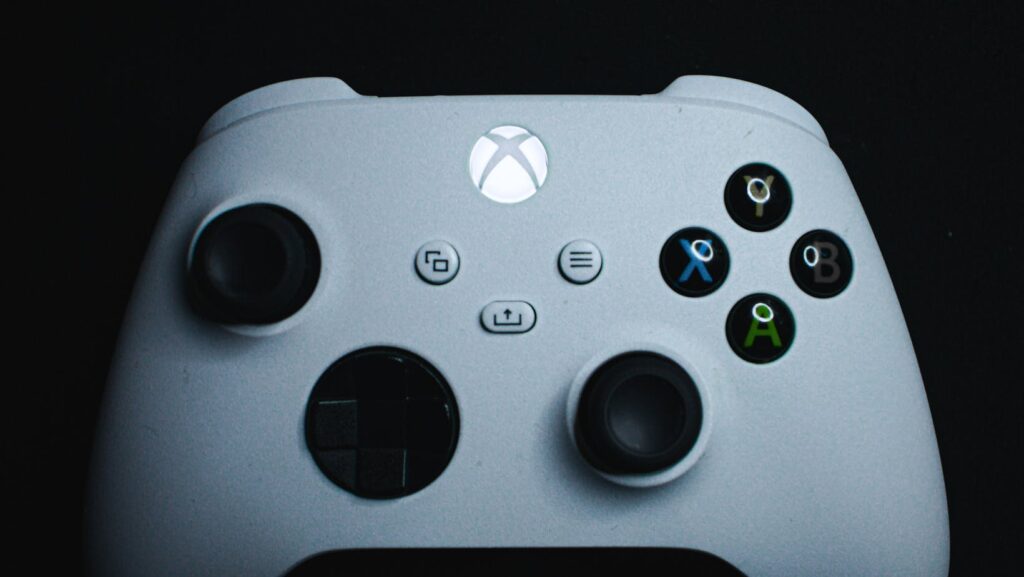
Ergonomics play a pivotal role in gaming controller design, focusing on improved handgrip to combat fatigue during prolonged use. The PlayStation’s DualSense, for instance, has adopted an ergonomic shape that fits comfortably in hands of all sizes. Material selection also factors into comfort, with anti-slip finishes made of soft touch materials promoting prolonged gaming sessions.
Responsiveness and precision are crucial to gaming controllers. With advances in technology, controllers like the Xbox Series X boast features such as dynamic latency input, ensuring swift and accurate response time. Similarly, the PlayStation’s DualSense controller ensures high precision through haptic feedback and adaptive triggers, offering intuitive responses that correlate with in-game events. For example, in racing games, players might experience resistance on the triggers to replicate the feeling of braking in a high-speed car, offering gamers an immersive tactile experience.
Innovations in Gaming Controllers
Continuing the journey through gaming controllers’ evolution, let’s delve deeper into innovations that have hit the gaming landscape by storm— notably, wireless technology and customization options in controllers.
Wireless Technology
Making controllers untethered, wireless technology has revolutionized gaming. The heartbeat of this innovation, radio frequency technology, transmits signals from the controller to the game console, eliminating the need for physical wires. This advancement, demonstrated by models such as the Xbox 360 Wireless Controller, liberates gamers from cord tangles and clutters. No longer confined to a particular spot, gamers can now relish their gaming experience from any corner of their room. This freedom of movement makes it easier to accommodate multiplayer games at home and throws open the possibilities for new gaming styles and experiences.
Customization and Modding

Additionally, customization and modification— often referred to as “modding”— have started to carve a niche in the gaming experience. Instead of being stuck with standard illustrative buttons or a predetermined layout, gamers now can tweak elements to their liking. Examples include the Xbox One Elite Controller and the SCUF Vantage Playstation Controller, which offer swappable components and remappable controls. Gamers can change the height and shape of the thumbsticks, alter the direction of the D-pad, or even replace clumsy buttons with ones that respond better to their touch. Therefore, modding allows customization in both the look and feel of the controller, offering a more personalized and comfortable gaming experience for individual players. Consequently, gamers’ demand for modded controllers soars as the gaming environment continues to evolve.
Wireless Marvels
It’s clear that gaming controller have come a long way. They’ve evolved from simple, wired devices to complex, wireless marvels that offer haptic feedback, motion sensing, and adaptive triggers. The likes of PlayStation’s DualSense and Xbox’s Elite Controller are proof of this evolution. Wireless technology has given gamers the freedom to move, while customization options have allowed them to tailor their controllers to their unique preferences. These advancements aren’t just about making games more fun – they’re about making them more immersive and comfortable.

